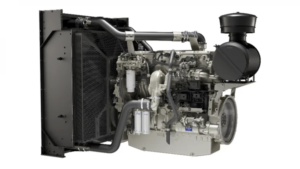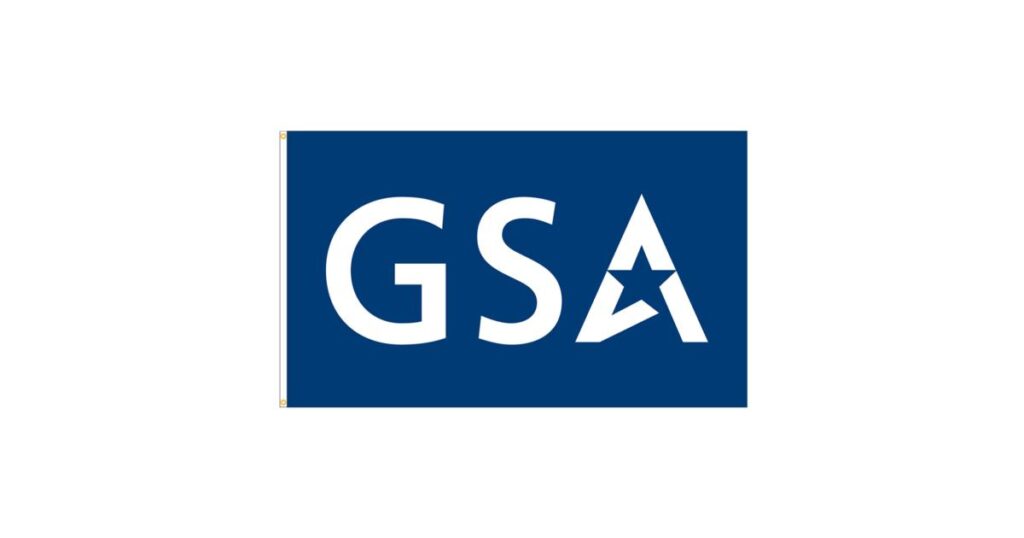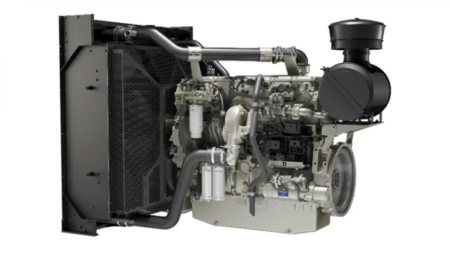Wed October 16, 2024 – West Edition #21
U.S. General Services Administration logo
The U.S. General Services Administration (GSA) announced on Oct. 3, 2024, that it awarded a $274,716,965 design-build contract to Hensel Phelps Construction Co. for the new Douglas Land Port of Entry.
The Phoenix, Ariz.-based company will provide design-build services for the new commercial port which will be built approximately 5 mi. west of the existing Raul Hector Castro Land Port of Entry in Douglas, Ariz.
This critical infrastructure development project, which received $180.3 million in Bipartisan Infrastructure Law funding and $92.2 million in Inflation Reduction Act funding, will increase capacity and facilitate lawful trade and travel between the United States and Mexico.
Construction of the new port is set to begin in fall 2025, with completion slated for fall 2028.
At the current Castro port, both inbound and outbound trucks maneuver within the same undersized commercial vehicle inspection compound, which slows traffic and poses safety hazards. Once complete, the U.S. Customs and Border Protection will relocate commercial operations from the existing Castro port to the new port.
This change will increase the number of commercial vehicle inspection lanes from one to four, and the number of commercial vehicle inspection docks from 12 to 36 while also allowing for the processing of oversized mining equipment too large to cross at the Castro port. The existing Castro port also will be modernized and expanded.
“These strategic upgrades are a triple win — generating high-quality jobs that fortify our economy and national security, reducing taxpayer expenses through energy efficiency, and paving the way for a more resilient and thriving future for our communities,” GSA Administrator Robin Carnahan said.
GSA said it will design a facility that will not only enhance security and spur regional economic activity but enhance sustainability through the implementation of sustainable design, technology and materials.
The port will be all-electric, meeting the Federal Building Performance Standard, and will incorporate photovoltaic solar panels which will generate clean renewable energy to achieve net-zero energy. It will feature water-saving fixtures, energy-efficient building systems and low-embodied carbon construction materials such as concrete and steel.
“The new Douglas Land Port of Entry will significantly increase our ability to inspect commercial vehicles and process goods more efficiently, all while supporting economic growth in the region,” said CBP Senior Official Performing the Duties of the Commissioner Troy A. Miller. “This project represents a critical investment in both the security of our nation and the prosperity of our border communities. By leveraging advanced technologies and sustainable design, we are also building a smarter, more resilient port of entry for the future.”
The construction of this project furthers the goals of President Biden’s Federal Sustainability Plan, which directs federal agencies to lead by example and achieve net-zero emissions by 2050, including net-zero emissions from all federal buildings by 2045.
“These investments to construct the Douglas Land Port of Entry and modernize the existing Castro Land Port of Entry are crucial for Arizona’s security and economic prosperity. I’m proud to deliver this win for Douglas and our entire state,” Arizona Sen. Kyrsten Sinema said.
“This new commercial port in Douglas will not only increase processing and inspection capacity, strengthening supply chains and facilitating hundreds of millions of dollars in trade, but it will also expand the ability to screen for illicit drugs more effectively, Arizona Sen. Mark Kelly said. “This is a win for Arizona’s economy, a meaningful step towards a two-port solution and a major effort to secure our border.”
This project not only addresses current needs but also sets the stage for future innovations in border management and environmental sustainability, said Sukhee Kang, regional administrator of GSA’s Pacific Rim Region.
The Bipartisan Infrastructure Law includes $3.4 billion for GSA to build and modernize land ports of entry on the country’s northern and southern borders. The investments will improve commerce and trade, enhance security, create good-paying jobs and incorporate innovative sustainability features.
The Inflation Reduction Act includes a separate $3.4 billion for GSA to use its buying power to promote the development and manufacturing of low-embodied carbon construction materials and to make federal facilities more sustainable and cost-efficient. GSA’s Inflation Reduction Act projects will implement new technologies and accelerate GSA’s efforts toward achieving a net-zero emissions federal building port-folio by 2045.
Read the full article here











